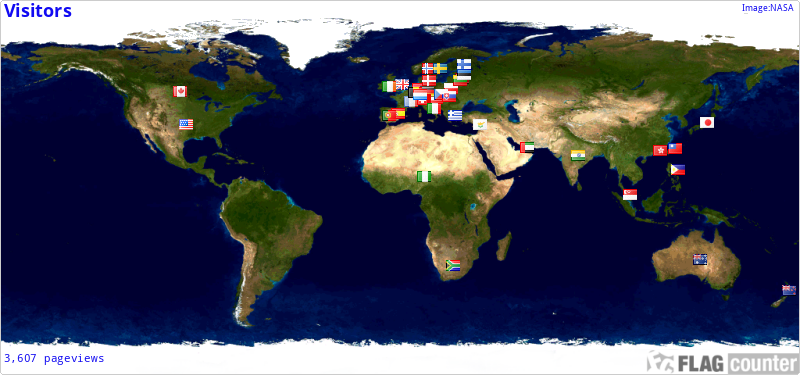
This is a mineral group that has been used for a long time and is well known because it has been used in its form like gems and abrasives, especially in the Bronze Age. Garnets have strong, beautiful colors and have high gloss. It can be sanded and used as gemstones. Garnet is also used as abrasive because of its enormous hardness with mineralogy of 6½-7½.
Garnet crystals are usually deep red or brown, almost black or light yellow to green. In other words, it has a wide range of colors. Garnet must not be confused with amber, this can be explained by the fact that the garnet is much harder and has a more crystalline surface.

Garnet most often occurs in a rhombic dodecahedron crystal structure (a twelve sided surfaces). Garnets are crystallized into a cubic system, its with three axes of equal lengths and all perpendicular to each other. Garnets have no cleavage angle.

Structure and occurrence:
Garnet is in fact an entire group of silicate minerals with the same crystal structure, which single silicate form a wide variety, such as magnesium (Mg2 +), iron (Fe2 +), manganese (Mn2 +), calcium (Ca2 +), aluminum (Al3 +) and chromium (Cr3 +). Depending on the chemical, garnet appears in many different colors. The most common garnet, almandine (Almandine is an iron alumina garnet) (Fe3AI2 (SiO4) 3), that is dark red while calcium-containing garnet, grossular (Ca3AI2 (SiO4) 3) is green to dark green in color.
Garnet occurs especially in metamorphic rocks. Based on knowledge of the melting point curve of garnet relative to pressure, it is used to determine what pressure and temperature level the rock is formed below. Garnet occurs most frequently in metamorphic rocks such as marble, glitter shale, gneiss and amphibolite.
Characteristics of garnet:
* The crystals are of deep red or brown, almost black or light yellow to green. Gemstone-like shine, glass gloss.
* Garnet is very hard mineral and goes under Moh's hardness scale as No. 7
* Characteristic cubic crystals
* Density 3.5-4.3 g / cm3
Moh's scale is a relative and somewhat random scale of scratch resistance, and the difference between the different levels can vary a lot from absolute hardness. Absolute hardness, however, is determined under controlled laboratory attempts, but this scale is only used to a small extent.
Moh's hardness 7, Absolute Hardness 100, in the class with Quartz- SiO2

To log this cache.
To get to log this cache you will have to visit and answer the questions which are related to the coordinates given the earthcache.
When answers are collected, send them to CO for verification.
You can log immediately after answers are sent CO. If there are any questions about your answers CO will contact you.
Logs without answers to CO or with pending questions from CO will be deleted without any further notice.
Please do not include pictures in your log that may answer the questions.
Questions:
1. Answer the questions under by visiting the coordinates..
A. Go to the given coordinates and carefully study the garnets that you find here. How big in mm are the biggest garnets that you can observe?
B. Which of the given option: A, B, C, D, or E from the photo above is similar to the garnets that we find here at ground zero?
C. Can you tell if the garnets are the almandine or the calcium type? Describe why!
2. (It’s voluntary to post a photo in your online log of your visit)
Without revealing any answers!
